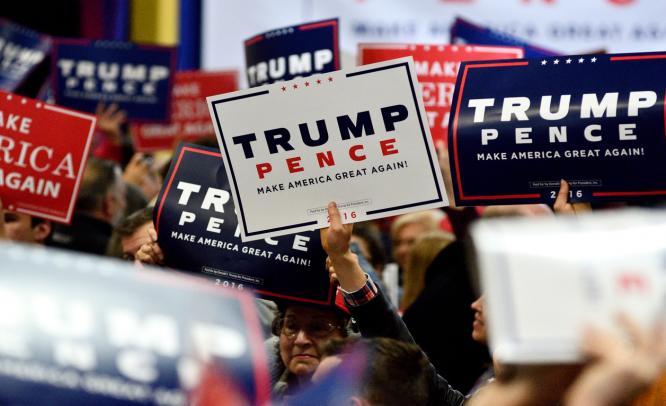One of the more significant developments of the post-Obama United States could be a rapid increase in the value of Bitcoin
January 27, 2017: Republican or Democrat, American or not, it’s hard to avoid the inexplicable rise to fame of The Apprentice star and occasional professional wrestler, Donald Trump. The billionaire’s pledges around immigration, healthcare, and employment have drawn significant media attention but Trump’s ascendency has ramifications for just about every facet of Western life.
Satoshi Nakamoto
One of the more significant developments of the post-Obama United States could be a rapid increase in the value of Bitcoin, a type of money traded exclusively on the internet and without any coins or notes to speak of. Estimates of Bitcoin’s future price and its penetration into mainstream society are almost uniformly positive.
It’s easy to see why; Bitcoin is already accepted at major outlets like Microsoft, Tesla Motors, Expedia, and Steam. It also has quite a large following in casino, a niche that (arguably) gave Satoshi Nakamoto’s cryptocurrency its first major outing as a payment option. Many iGaming sites now accept Bitcoin exclusively.
Vegas Casino, in particular, has built its entire business around Bitcoin, expanding to include a sportsbook and 18 rooms with live dealers. To streamline the transition from fiat currencies to crypto, A visit to Vegas Casino also provides gamers with a link to a currency exchange right from the homepage. It’s both a novel approach to business and a strong show of support in digital money.

Transition Team
With Trump now firmly entrenched in the White House, there are two factors that could affect Bitcoin’s price going forward.
Firstly, the real estate magnate has a number of Bitcoin advocates on his transition team, a situation that could further enmesh Bitcoin with wider society. For example, Peter Thiel, a man perhaps best known as one of the founders of PayPal, is on Trump’s executive committee. Thiel has interests in Bitcoin currency exchange BitPay, and 21.co, a development platform that supports Bitcoin microtransactions. Jim O’Neill, a cohort of Thiel at Mithril Capital, another of the PayPal founder’s businesses, and Balaji Srinivasan, of 21.co, have both been touted for the role of Head at the Food and Drug Administration.
Ignoring the pair’s almost comical inadequacy for the role (O’Neill has no medical experience while Srinivasan reportedly has a vendetta against the FDA, recently deleting tweets to hide that fact), Donald Trump has nevertheless injected some support for Bitcoin and modern payment methods into the structure of his new government.

Obamacare
Perhaps the biggest factor influencing Bitcoin’s value going forward though is President Trump’s potential for causing global economic instability. If any of his more extreme pledges ever make it off the drawing board – axing the Affordable Care Act or “Obamacare”, for example – the dollar could take a dive.
Bitcoin’s price climbs in response to financial strife. It happened after Brexit, gaining $100 (£80) overnight, after November’s presidential election result (+4.6%), and as a response to the Chinese yuan’s dramatic collapse towards the end of 2016 (+10%). In every case, the hike is caused by investors in conventional currencies looking for somewhere safe to hoard their money.
Bitcoin’s newfound status as an alternative commodity to gold (attained on January 4 this year, when it was briefly more valuable than bullion) means that it’s now used just as frequently as a “hedge” against inflation. With that in mind, it’s easy to see Bitcoin’s value becoming more stable in the future, especially if the pace of its mainstream adoption continues.
So, what about Bitcoin’s value? A Danish bank called Saxo Bank has been at the centre of that conversation since late last year. Saxo Bank predicted that Bitcoin would close at $2,100 (£1,687) per coin by the end of 2017, a surge of 165% from December 7, 2016. It’s not beyond the realms of imagination (Bitcoin gained more than 120% last year) but the bank itself admitted that it was an “outrageous” forecast.


